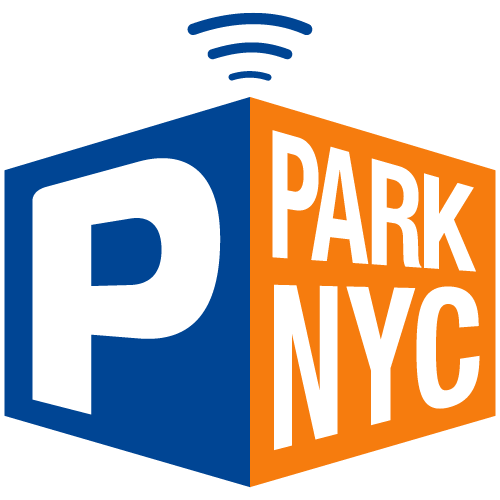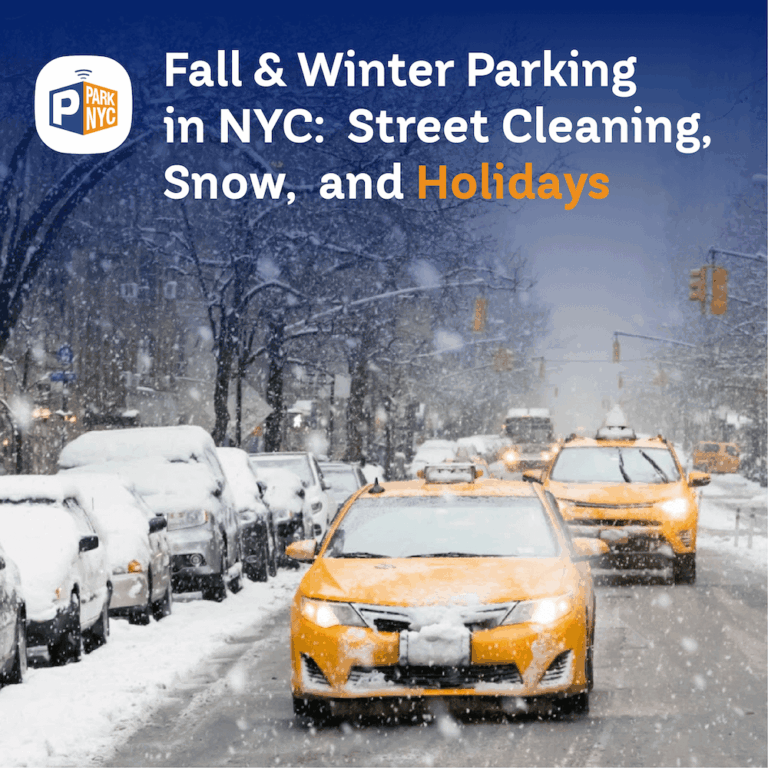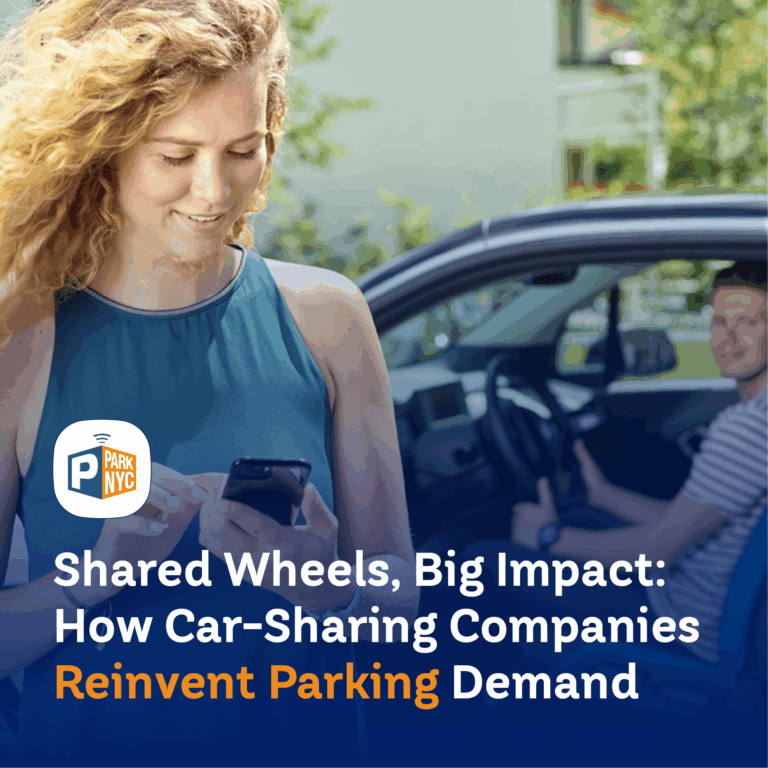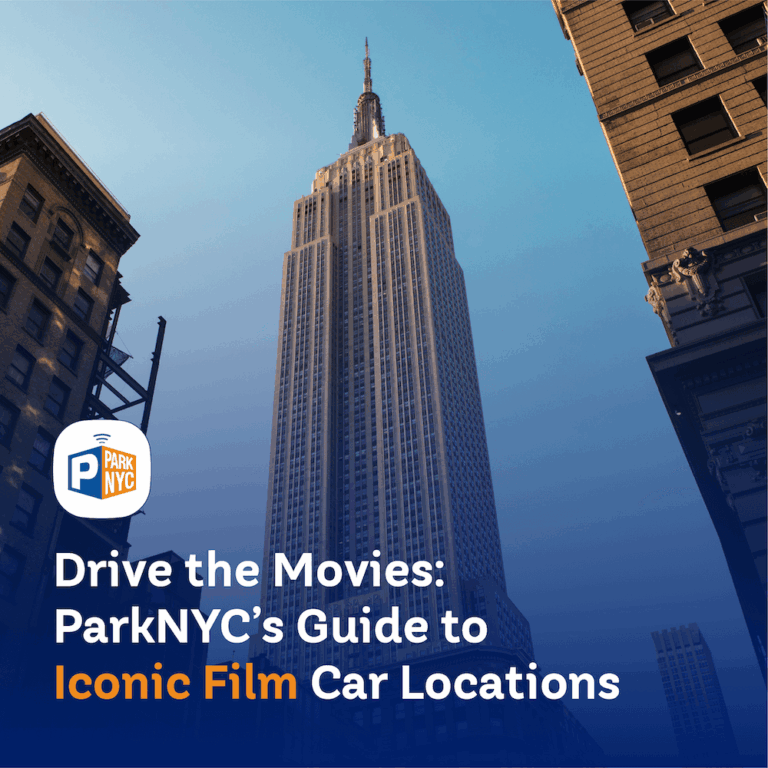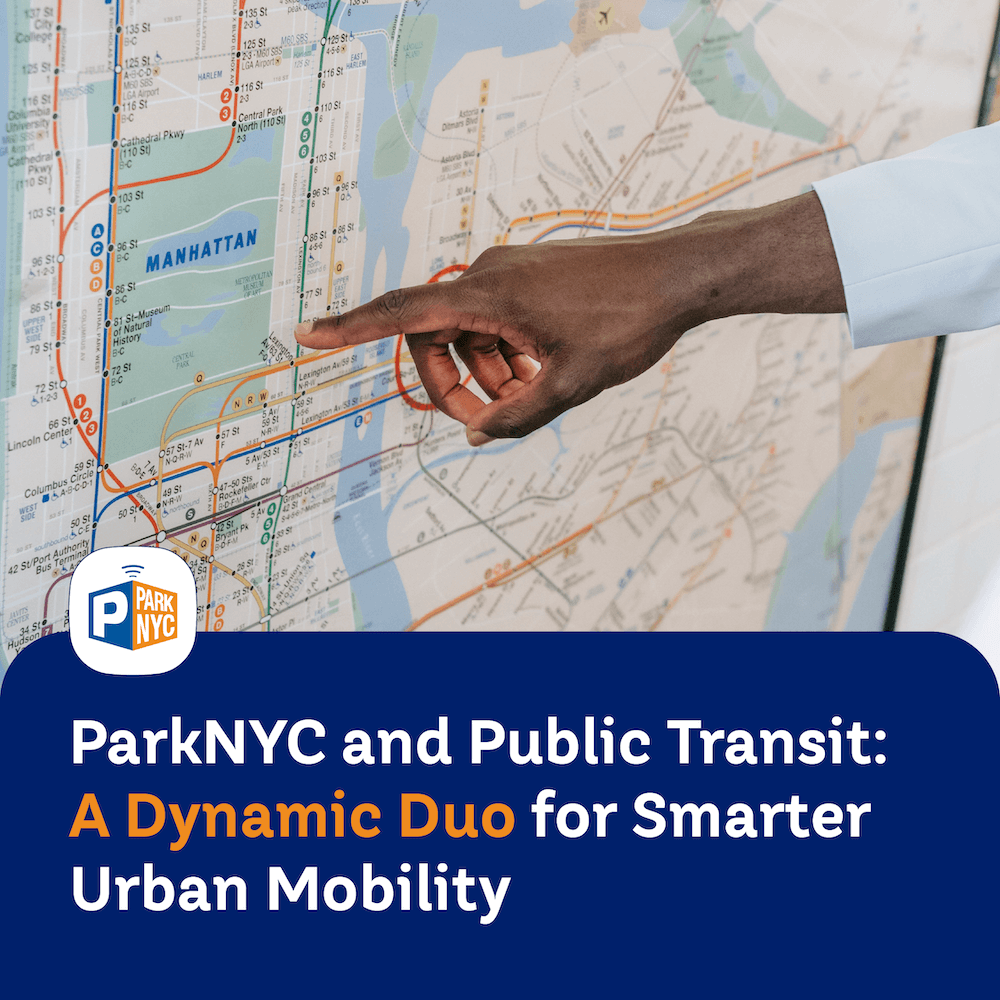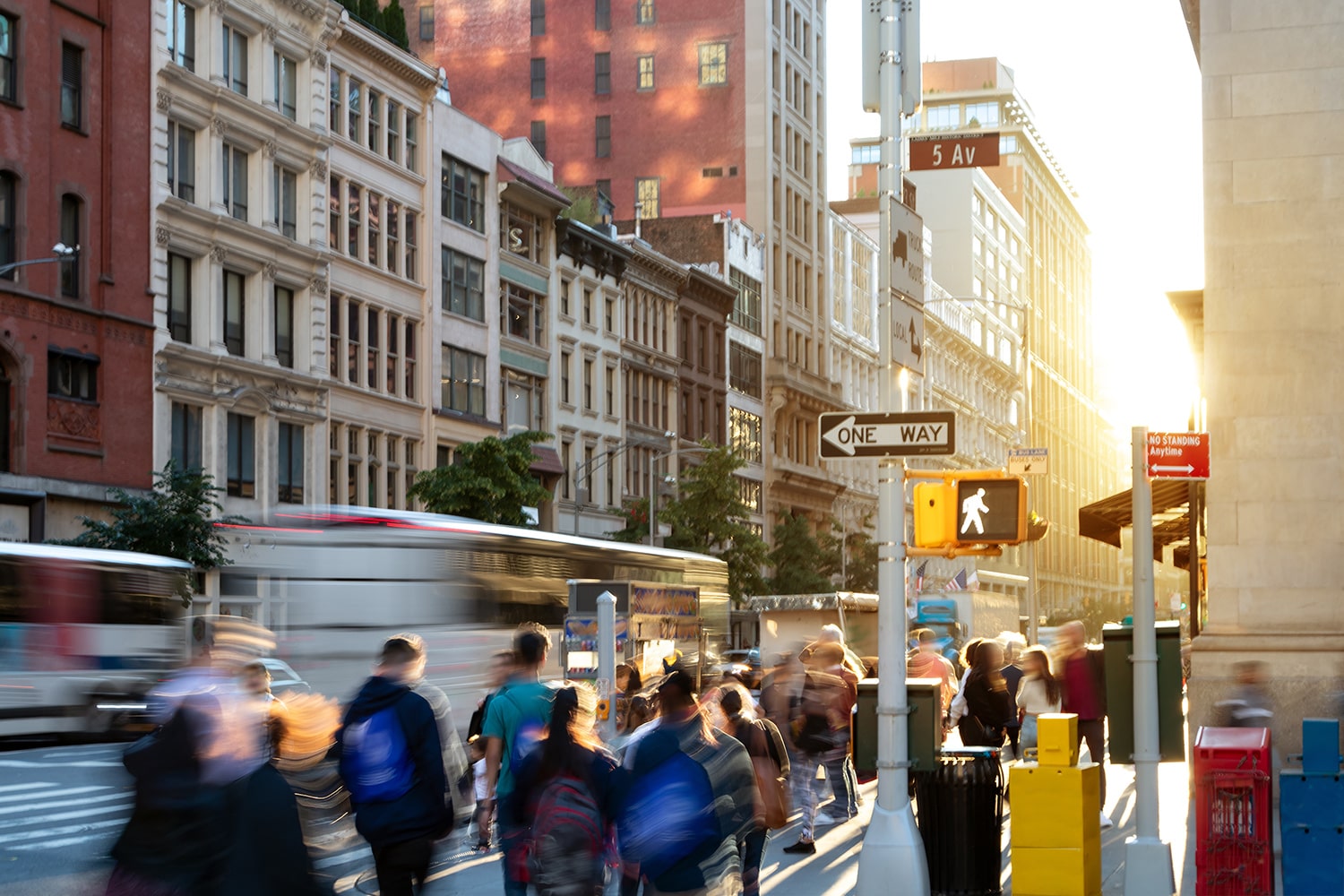New York City’s extensive public transit network and the ParkNYC mobile payment system together present a compelling solution to the city’s persistent traffic congestion and parking challenges. As one of the world’s most densely populated urban centers, New York City faces significant mobility issues, including limited parking availability, high levels of vehicle congestion, and environmental concerns related to emissions. Integrating ParkNYC with the city’s public transportation infrastructure creates a more efficient, convenient, and sustainable way for residents and visitors to navigate the city. This symbiotic relationship encourages multimodal transportation, reduces excessive car dependency, and enhances the overall urban travel experience.
ParkNYC also improves the efficiency of parking management by reducing the time drivers spend searching for available spaces. This behavior, known as “cruising,” contributes significantly to urban congestion, according to transportation expert Donald Shoup.

Studies show that mobile payment systems for parking can improve urban traffic flow and reduce carbon emissions associated with idling vehicles. A 2021 study by Geng et al. on smart parking solutions found that cities implementing mobile parking applications saw a 21% decrease in the time spent searching for parking. By adopting ParkNYC, New York City aligns itself with global efforts to integrate digital innovations into urban planning, promoting sustainability and improving transportation efficiency.
Park-and-Ride: A Practical Alternative to Driving Downtown
For commuters looking to avoid driving into Manhattan’s highly congested core, especially with the introduction of congestion pricing, park-and-ride options offer a strategic alternative. These designated facilities, located on the city’s periphery and near major transit hubs, allow drivers to leave their vehicles in secure lots and transfer to public transportation for the remainder of their journey. This approach helps alleviate traffic congestion, reduce fuel consumption, and provide a cost-effective alternative to expensive parking rates in the city center.

According to the New York Metropolitan Transportation Council, there are numerous park-and-ride facilities throughout New York State, many of which are free or require only a low-cost permit. These lots are located near major commuter rail lines, subway stations, and bus routes, offering a convenient option for those traveling into Manhattan. Research on park-and-ride systems in major cities suggests that such facilities can significantly reduce downtown congestion. A study by Zhang et al. found that park-and-ride programs in high-density cities can lead to a 17% reduction in peak-hour traffic volume.
How ParkNYC Enhances Park-and-Ride Accessibility
Integrating ParkNYC with park-and-ride facilities further streamlines the commuting experience by providing an efficient parking payment system for drivers. Features such as cashless transactions, real-time parking availability updates, and mobile alerts about time limits improve the convenience of park-and-ride services, making them more attractive to commuters.
Ease of use is a key factor in park-and-ride adoption. Research by Tirachini indicates that commuters are more likely to use park-and-ride facilities when parking payment is simplified and well-integrated with transit systems. The ability to reserve and pay for parking through ParkNYC can encourage more drivers to use these facilities, ultimately reducing the number of personal vehicles entering the city’s busiest districts.
Reducing Car Dependency and Promoting Sustainable Urban Mobility

The synergy between ParkNYC and New York’s park-and-ride network supports a broader goal of reducing car dependency in urban areas. Excessive reliance on private vehicles leads to greater traffic congestion, air pollution, and inefficient land use. Urban planning experts Newman and Kenworthy emphasize the need to provide viable alternatives to personal car travel, including robust public transit networks, bicycle-friendly infrastructure, and dynamic parking management systems.
Reducing car dependency requires a twofold approach: improving the quality and accessibility of alternative transportation options while making solo car travel less convenient. According to Litman, strategies such as congestion pricing, parking reforms, and expanded transit services have proven effective in cities worldwide. For example, research by Leape suggests that London’s implementation of congestion pricing resulted in a 15% reduction in traffic and a 10% increase in public transit ridership within the first year. New York City is following a similar path, with congestion pricing policies expected to encourage greater adoption of park-and-ride and public transportation options.
Policy Implications

New York City’s congestion pricing initiative is expected to further strengthen the integration of ParkNYC and public transit. The policy imposes a fee on vehicles entering Manhattan below 60th Street during peak hours, incentivizing alternative transportation choices and reducing unnecessary car trips.
Emerging technologies, such as real-time parking space detection and AI-driven predictive analytics, may further enhance ParkNYC’s effectiveness. Research by Caliskan suggests that cities incorporating smart parking sensors and AI-powered traffic management systems have seen measurable reductions in congestion and improvements in overall transportation efficiency. As New York City continues to evolve its urban mobility strategies, integrating technological innovations with transit-oriented development will play a crucial role in shaping the future of city travel.
Conclusion
The integration of ParkNYC and New York City’s public transit system presents a forward-thinking solution to urban mobility challenges. By offering convenient parking payment options and promoting park-and-ride accessibility, these systems work together to reduce congestion, lower vehicle emissions, and enhance commuting efficiency. As the city moves toward a more sustainable future with congestion pricing and innovative transportation policies, continued investment in digital parking solutions and public transit enhancements will be essential to creating a smarter, greener, and more navigable urban environment.
References
Caliskan, Mehmet, et al. “Intelligent Parking Systems: The Role of AI and Smart Sensors in Urban Traffic Management.” Journal of Urban Mobility, vol. 14, 2022, pp. 211-234.
Geng, Yanfeng, and Christos G. Cassandras. “A Smart Parking System Infrastructure for Urban Traffic Management.” Transportation Research Part C: Emerging Technologies, vol. 22, 2021, pp. 54-67.
Leape, Jonathan. “The London Congestion Charge.” Journal of Economic Perspectives, vol. 20, no. 4, 2006, pp. 157-176.
Litman, Todd. Parking Management Best Practices. American Planning Association, 2020.
Metropolitan Transportation Authority (MTA). “Congestion Pricing Plan and Revenue Allocation Strategy.” MTA, 2023.
New York Metropolitan Transportation Council (NYMTC). Park-and-Ride Facilities in the New York Metro Area: Strategic Report. NYMTC, 2021.
Newman, Peter, and Jeffrey Kenworthy. Sustainability and Cities: Overcoming Automobile Dependence. Island Press, 2015.
Shoup, Donald. The High Cost of Free Parking. Routledge, 2011.
Tirachini, Alejandro. “Park-and-Ride Use and the Role of Pricing and Accessibility.” Transportation Research Part A: Policy and Practice, vol. 125, 2019, pp. 82-99.
Zhang, Ming, et al. “Evaluating the Impact of Park-and-Ride Facilities on Traffic Congestion in High-Density Cities.” Urban Transport Journal, vol. 29, 2020, pp. 263-278.
